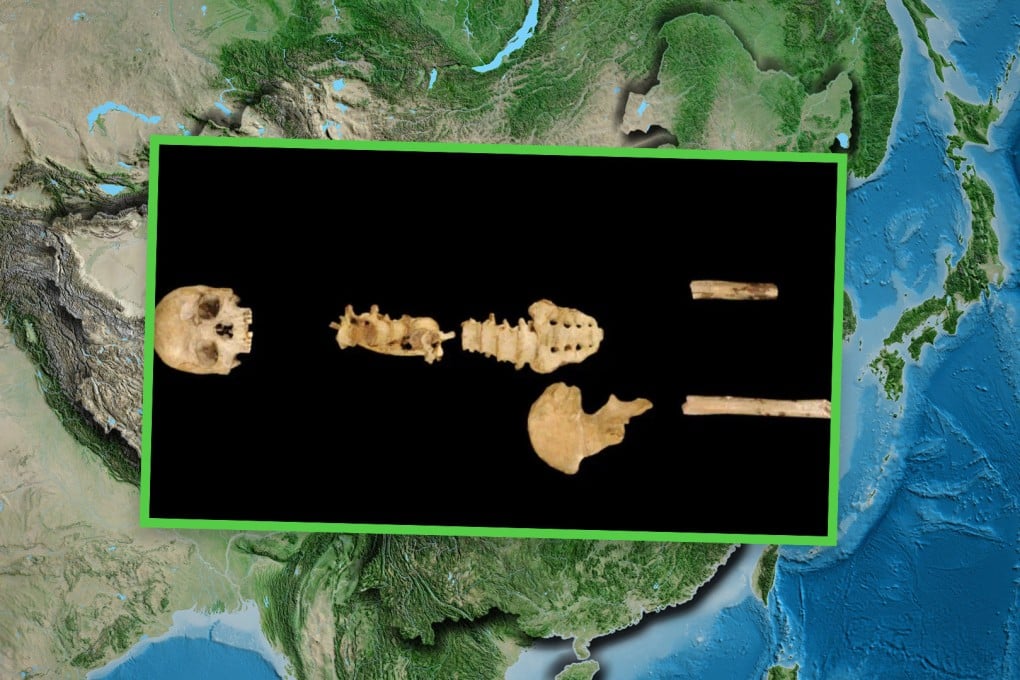China ‘Liujiang Man’ skeleton originally believed to be more than 200,000 years old was probably far younger
- Initial theories had suggested skeleton was upwards of 140,000 years old
- No matter its age, skeleton is far better preserved than other human remains discovered in Asia

A skeleton that was once believed to belong to one of the earliest humans to live in China was likely far, far younger.
Archaeologists first discovered the skeleton in 1958 in the Liujiang district in Guangxi autonomous region in southern China, and some analysts believed it was upwards of 140,000 years old.
A new study published in the peer-reviewed journal Nature in late April reexamined the Liujiang skeleton and, through multiple strategies for dating fossils, determined that it was likely between 23,000 and 33,000 years old.
“If a human fossil lacks a reliable age, it is useless. While the new age is younger than the previously assumed age, it allows placing the Liujiang human at the correct position in the human family tree,” said Shao Qingfeng, a study co-author from the School of Geography at Nanjing Normal University.
“With this reliable age, the Liujiang skeleton is now important for understanding the relatively recent migration of Homo sapiens in the continent of Eurasia,” he told the Post.
If the fossil were indeed 140,000 years old, it would have made the Liujiang skeleton one of the earliest human fossils discovered outside of Africa, predating the earliest fossils found in Israel.